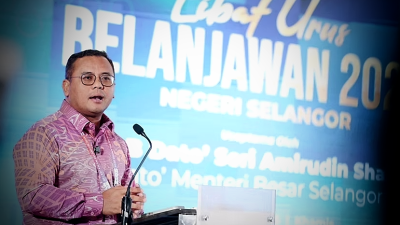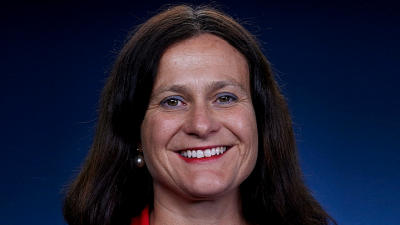
By Dr Rais Hussin
My favorite character in "Butch Cassidy and the Sundance Kid" is neither Butch nor Sundance but Woodcock, whose undying loyalty is to EH Harriman of the Union Pacific Railroad — an enterprise that was repeatedly the target of outlaws of the Wild West.
It turned out that Woodcock knew a good thing when he saw one in Mr. Harriman; for at the dawn of the Industrial Age whoever controlled the railroad tracks controlled the highway of commerce – and much of the economic benefit accruing therefrom.
Today, as we enter the Digital Age, the railroad is a web of digital tracks which connect all producers and consumers of goods and services; and the same adage is still true: whoever controls the tracks controls the toll-roads of global trade.
It's not a mere passing squabble that has America and China baring fangs at each other over the race to 5G dominance, itself a super expressway which will make the railroad look like a walk in the park by comparison.
What we are witnessing is the beginnings of a fierce dogfight over the ownerships of digital networks, upon which people and products will be increasingly interconnected. Just as with the railroad, it is imperative that users are able to reach destinations on the network easily and cost-effectively.
This means control of the switches that 'interoperate' the digital infrastructure in order to enable access to the many parties (big and small) that need to interact across Malaysia's digital ecosystem.
For a country like Malaysia, with our limited size and resources, we may not emerge as owners of global digital networks, nor even many of the carriages that ride upon it, but we should be determined to control the interoperability of such networks within the Nation.
The importance of this issue is no less than one of our digital sovereignty. In the management of Malaysia's Digital Transformation, it is incumbent upon institutions such as MDEC to ensure control and good governance over the infrastructure of our digital 'railroad tracks'.
Digital network hubs will emerge as core components of every country's digital infrastructure, representing the junction box, if you will, for interoperability of goods and services that flow through it.
The more interoperability (or seamlessness) that such national hubs offer its users the greater will be the flow of social and commercial traffic. Indeed, the potential for rapid expansion of digital networks requires vigilant oversight by regulatory authorities so that economic benefits are evenly distributed across all strata of society – an initiative that we have labeled 'Malaysia 5.0'.
I see the role of MDEC as helping to regulate the flow of traffic with tech sandboxes that allow all participants to test the robustness (safety) and effectiveness (reliability) and ensure everyone a smooth and comfortable ride.
The Industrial Age gave birth to the world's first private billionaires – Robber Barons, as they came to be known – whose storied names are still familiar to us today: the Astor's, Carnegie's and Rockefeller's. But the names of the future belong to the ER Harriman's of today, who will build, own and operate the digital railroad of tomorrow.
(Dr Rais Hussin is the Chairman of Malaysian Digital Economy Corp (MDEC), tasked with organizing and leading Malaysia's Digital Economy forward.)
ADVERTISEMENT
ADVERTISEMENT


































